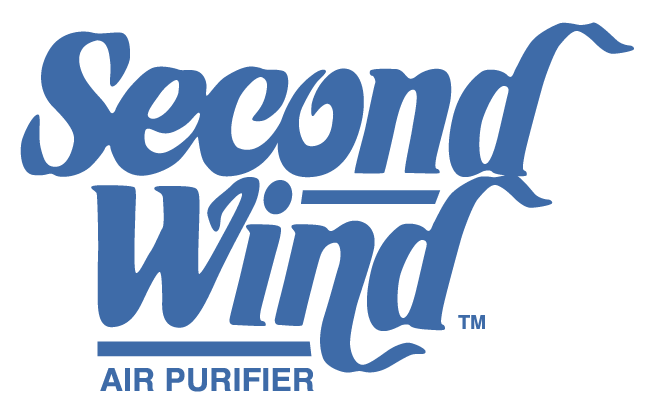Wildfires, including grassland fires and forest fires, are an ongoing concern where there is dry, hot weather. During a wildfire, people throughout the surrounding area may suffer the effects of the smoke. Talk with your doctor about how to prepare for this smoke, especially if you or someone in the family fits into one of these categories: works outdoors; is under age 18 or over age 65; or has asthma, COPD or other lung diseases, chronic heart disease, or diabetes. Monitor your breathing and exposure to the smoke. If problems develop, call your physician immediately.
General Recommendations
- Stay indoors: People living close to the fire-stricken areas should remain indoors and avoid breathing smoke, ashes and other pollution in the area.
- Don't count on a dust mask: Ordinary dust masks, designed to filter out large particles, will not help. They still allow the more dangerous smaller particles to pass through. Special, more expensive dust masks with true HEPA filters or an N-95 will filter out the damaging fine particles, but may not fit properly and are difficult for people with lung disease to use. Consult with your doctor before using a mask, especially if you have a lung disease.
- Take precautions for kids: Extra precaution should be taken for children, who are more susceptible to smoke. Their lungs are still developing and they breathe in more air (and consequently more pollution) for their size than adults.
- Roll up your car windows: When driving your car in smoky areas, keep your windows and vents closed. Air conditioning should only be operated in the "recirculate" setting.
- Protect the air in your home: Stay inside as much as possible, with doors, windows and fireplace dampers shut and preferably with clean air circulating through air conditioners and air cleaners. Use air conditioners on the recirculation setting to keep from pulling outside air into the room. Air cleaning devices that have HEPA filters can provide added protection from the soot and smoke. Place damp towels under the doors and other places where the outside air may leak in.
- Prepare to evacuate if directed. Listen to your local or state officials and protect yourself and your family.
- Don't exercise outside: If you live close to or in the surrounding area, don't exercise outdoors, especially if you smell smoke or notice eye or throat irritation.
If You Have Lung Disease, Chronic Heart Disease or Diabetes
- Check in with your doctor: People with asthma or other lung diseases, cardiovascular diseases or diabetes should check with their physician regarding any changes in medication that may be needed to cope with the smoky conditions.
- Keep an eye on symptoms: Higher levels of smoke in some areas can make breathing more difficult. If you are experiencing symptoms, please try to contact your physician. If you cannot, asthma patients can follow the asthma action plan developed with their physician. Use your peak flow meter if prescribed. Do not hesitate to take your medication, and avail yourself of the full spectrum of medications your doctor has prescribed to you.
- Ask about your oxygen use: People using oxygen should not adjust their levels of intake before consulting a physician. (Call your doctor BEFORE you take any action.)
- Know when to seek medical attention: If symptoms are not relieved by the usual medicines, seek medical attention. Symptoms to watch for: wheezing, shortness of breath, difficulty taking a full breath, chest heaviness, lightheadedness, and dizziness. If you have any concerns or questions please contact your physician.
- Watch for breathing issues after exposure: If you develop a persistent cough or difficult or painful breathing, call your physician. The first symptoms can appear as late as 24 to 48 hours after exposure. Smoke can remain in areas for many days after the fires have ended.
Clean Up
Residents and volunteers should use caution during clean-up because the process involves ashes and other sources of pollution.
- Avoid dust and soot: People with lung or heart problems should avoid clean-up activities and areas where dust or soot is present.
- Reduce dust and soot: Thoroughly wet dusty and sooty area prior to clean-up. This will help to reduce the amount of particles becoming airborne.
- Cover your face: Wear an appropriate dust mask during clean-up, a HEPA-filtered one or an N-95.
- Do not disturb: If exposure to asbestos or other hazardous materials is suspected, do not disturb the area. Dust masks do not protect against asbestos.
Resources
- Ready.gov: Wildfires
- Centers for Disease Control and Prevention: Wildfires
- U.S. Environmental Protection Agency: How Smoke from Fires Can Affect Your Health
- California EPA: Protecting Public Health from Home and Building Fire Ash
- Need help recovering? DisasterAssistance.gov helps you to receive disaster assistance
- Learn about home air cleaners









